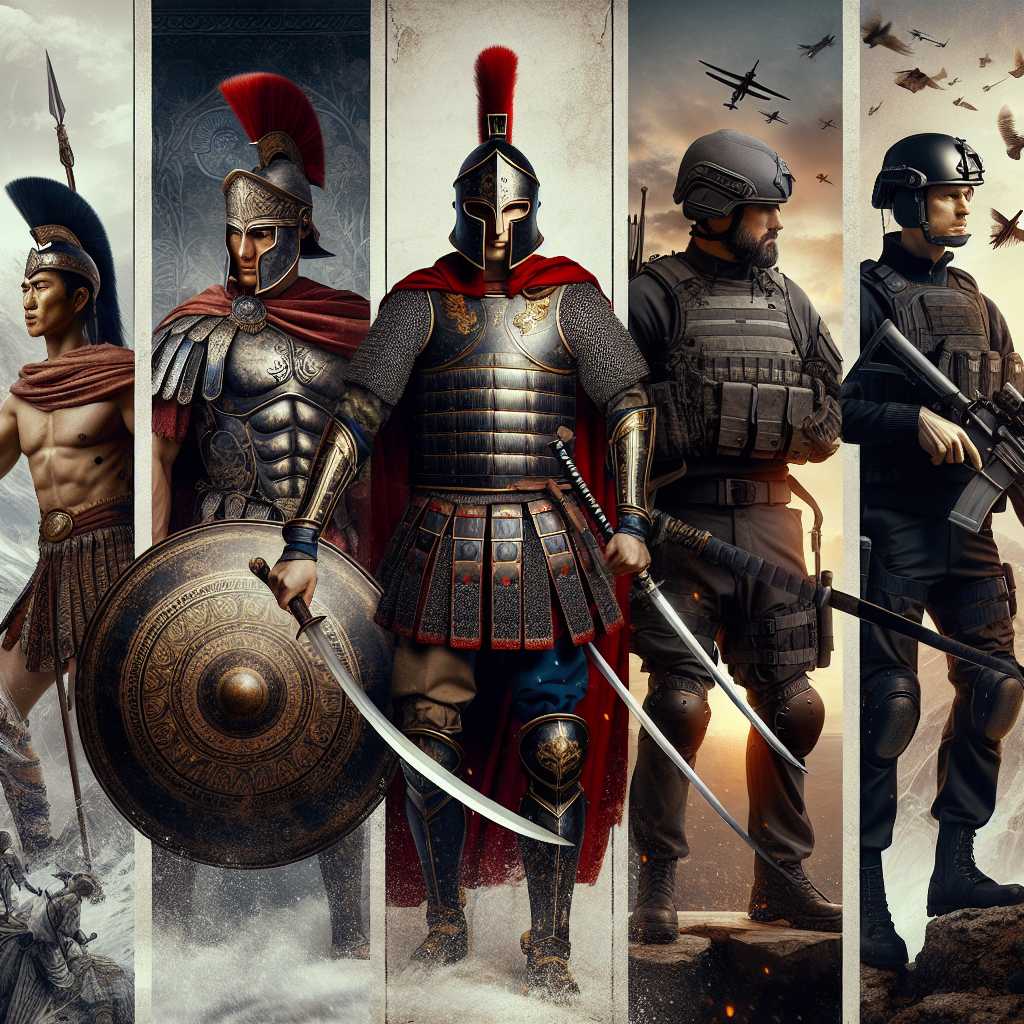The History and Significance of Warriors in Human Societies
Warriors have played a vital role in the shaping of human civilizations, embodying the virtues of courage, strength, and skill in combat. While the types of warriors and their methods of warfare have changed drastically with the advancements in technology, social structure, and cultures, the core attributes of what it means to be a warrior have endured.
Ancient and Medieval Warriors: The Foundations of Military Prowess
Throughout history, different societies have cherished their warrior classes. In ancient times, civilizations such as the Spartans of Greece forged a class of citizen-warriors who trained rigorously to defend their polis with lethal efficiency. These warriors were raised from youth to uphold strict martial values and embody the military ideal.
In medieval Europe, knights were the elite warrior class. They abided by the code of chivalry, which governed their behavior both on and off the battlefield. Knights served feudal lords and were given land in return for military service. Their armour, tactics, and weapons evolved throughout the Middle Ages as they engaged in various conflicts including invasions, dynastic wars, and crusades.
Similarly, in Asia, warrior classes like Japanese samurai followed a rigid code known as Bushido. This code directed their actions towards loyalty, honour, and disciplined martial practice. Samurai wielded weapons like the katana and were key figures in the political and military dramas of feudal Japan.
Transformation in the Concept of Warriors
The era of gunpowder dramatically shifted the landscape for warriors. Highly skilled individual fighters gave way to structured armies where discipline and strategies were critical, as manifested through cavalries morphing into units with muskets and canons. With the onset of global conflicts like the World Wars in the 20th century, warfare become increasingly mechanized, and the notion of a warrior expanded to include not just front-line fighters but also tacticians, engineers, pilots, and other support roles.
Modern-Day Warriors: The Evolution Continues
In modern times, warriors are typically associated with members of national armed forces or insurgent groups who are trained for combat. Special operation forces such as the Navy SEALs or Green Berets exemplify a return to the emphasis on exceptional individual skills within the larger structure of the military machine.
Even with increasing technological sophistication that introduces unmanned drones and cyber warfare into modern combat arenas, the physical bravery and mental toughness intrinsic to ancient warriors remain valued characteristics in modern soldiers.
Warriors in Cultural Context: More Than Just Soldiers
Apart from real-life warriors, mythology has had its share of legendary heroes often revered for their combat prowess. Figures like Achilles from Greek mythology or Arjuna from Indian epics embody societal ideals of bravery and valor going beyond physical battlefields. Symbolically, they’ve served as educational examples and cultural touchstones through generations.
Furthermore, expanding outside historical confines, mainstream media such as movies, books, and video games glorifies fictional warriors who enthrall audiences with their heroic journeys. These tales speak to universal human values and inspire commitment to goals challenging symbolical warfare common in many aspects of life.
Notes
Image Description
A collection of various historical warrior representations highlights warriors in traditional attire: a Spartan holding a shield and spear; a medieval knight fully equipped with sword and armor; a samurai in armour wielding a katana; and a modern soldier dressed in fatigues with high-tech equipment. The diversity across ages is captured against an ethereal backdrop with underlying themes of courage and nobility uniting them across time.

